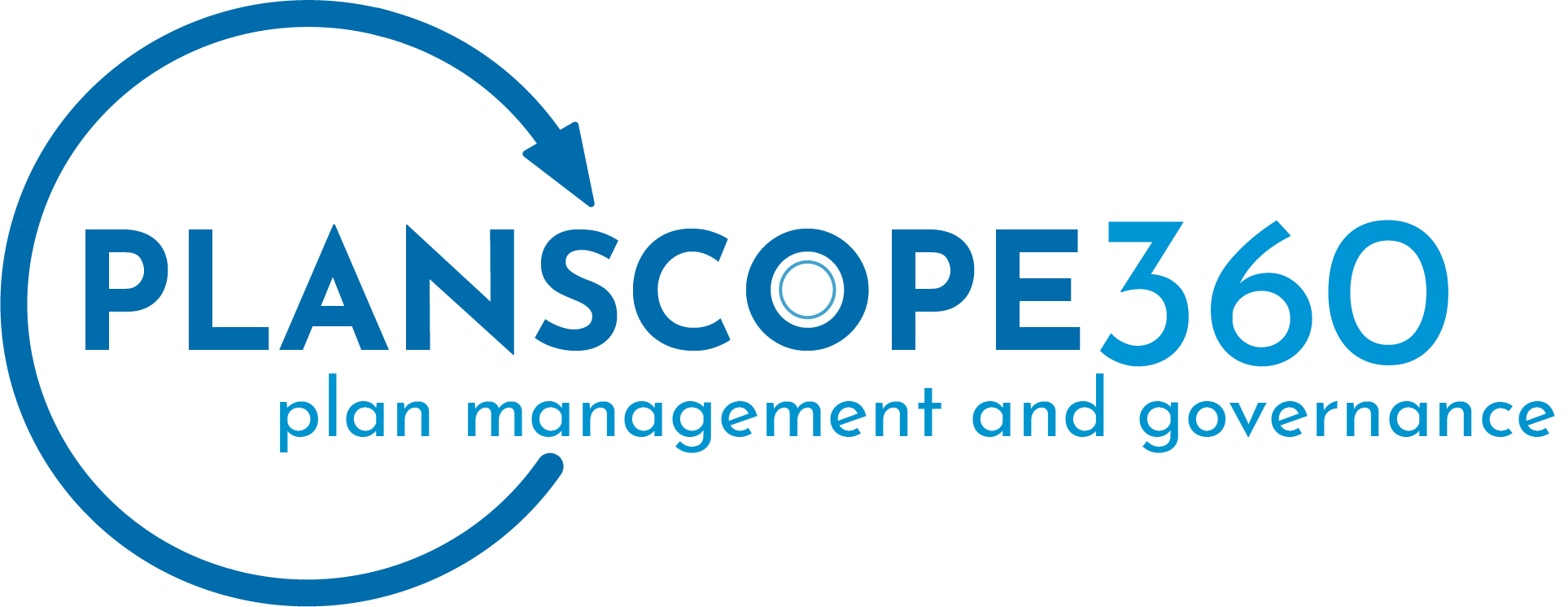By: Al Otto, CEO, PlanScope360
Imagine if your cafeteria quietly started charging students $12 for a grilled cheese
No announcement. No warning. Just poof—grilled cheese now comes with gourmet pricing.
There’d be outrage. Parents would call. Your phone would blow up.
People don’t like paying too much. Especially when they didn’t know it was happening.
Imagine that’s what’s happening inside your district’s 403(b) plan.
Except instead of grilled cheese, it’s hidden fees quietly eating away at your teachers’ futures.
Mistake #4:
Nobody’s watching the fees.
And boy, do they add up.
Most educators think if they’re saving $200 a month, they’ll retire with a tidy little nest egg. But what if 1–2% of that is disappearing every year into fees?
Let’s do a little math (don’t worry—no pop quiz at the end):
A teacher saving $200/month for 30 years, earning 6% annually, should end up with about $200,000.
But if they’re paying 2% in fees? That balance drops closer to $140,000.
That’s $60K gone. Not to taxes. Not to a market crash. Just to… fees.
The worst part?
Most of your staff has no idea it’s happening.
Why? Because no one shows them.
And because those glossy vendor brochures never lead with, “Hey, here’s how much of your paycheck we’re quietly skimming off the top.”
Instead, they talk about growth, diversification, and other words that sound good but don’t answer the most important question:
“How much is this costing me?”
So let’s break it down.
There are three types of fees your team could be getting hit with:
1. Investment fees – These are the costs of the actual funds. Some are fair. Others are daylight robbery in fine print.
2. Admin fees – Sometimes baked into the plan, sometimes charged separately. Either way, they add up.
3. Surrender charges – The financial equivalent of a breakup fee. If your staff wants to move their money elsewhere, they get penalized.
You wouldn’t let a vendor charge the district $30 for a pencil sharpener.
So why let retirement providers charge your staff 2% for a fund that underperforms the S&P?
Here’s what you can do:
1. Ask for fee breakdowns.
If your current providers can’t clearly explain what your staff pays and why, that’s a red flag.
2. Compare alternatives.
Not all plans are created equal. Some offer low-cost investment options that leave more money in your teachers’ pockets.
3. Communicate with staff.
Show them the math. Help them understand that a 1% fee reduction could add tens of thousands to their retirement.
4. Clean up the vendor list.
Many high-fee providers linger because nobody asks questions. It’s time to ask.
5. Make it part of your district’s wellness strategy.
Financial stress is real.
Your staff already works hard for every dollar.
Let’s make sure they keep more of it when it matters most—at retirement.
Hidden fees are like hidden calories.
They seem small until one day you wake up and realize they’ve taken more than you ever expected.

